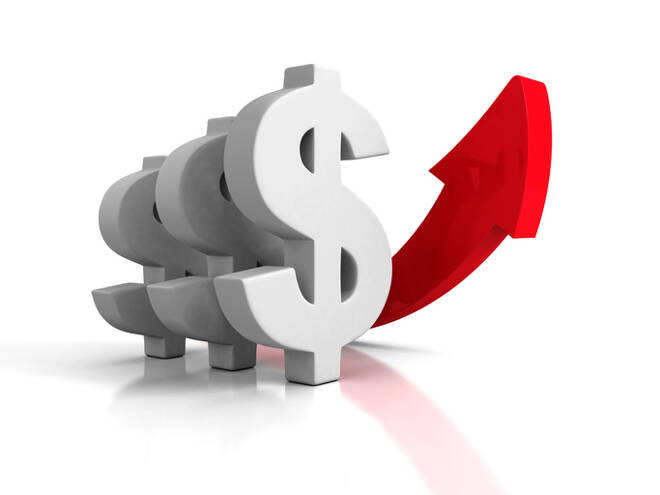Advertisement
Advertisement
USD/JPY Price Forecast – US dollar drifts lower on Friday
Updated: Jul 12, 2019, 16:57 GMT+00:00
The US dollar initially tried to rally during the trading session on Friday but pulled back a bit to break into the hammer that had formed during the Thursday session. This isn’t necessarily uncommon, but there is obvious support underneath.
The US dollar initially pulled a bit higher during the trading session on Friday, but then turned around to break into the hammer from the Thursday session. By doing so, it shows that the market is looking for more support, but it appears that we are forming a bit of a bottoming pattern. We have recently made a slightly “higher high”, so therefore the question is can we make a “higher low?” If we can, then this could be the beginning of a significant trend change.
USD/JPY Video 15.07.19
It should be noted that the 61.8% Fibonacci retracement level has offered a bit of support, and now we are looking into the 50 day EMA which is pictured in red on the chart. If we can break above there, then the market could then go to the ¥109.70 level. That is an area we have broken down from and has a coinciding 200 day EMA racing towards it. I don’t know if we can break above there, but a bounce to that level makes quite a bit of sense.
Keep an eye on the stock markets, because they typically will move in the same direction as this pair as it is a risk barometer. While the US dollar has been losing strength lately, it does tend to be a little bit different in this pair as the simple risk appetite in stock markets can drive money away from the Japanese yen. Quite often, this pair is more about the Yen than it is the US dollar.
Please let us know what you think in the comments below
About the Author
Christopher Lewisauthor
Chris is a proprietary trader with more than 20 years of experience across various markets, including currencies, indices and commodities. As a senior analyst at FXEmpire since the website’s early days, he offers readers advanced market perspectives to navigate today’s financial landscape with confidence.
Advertisement
